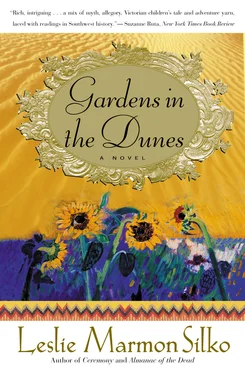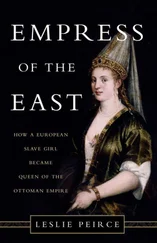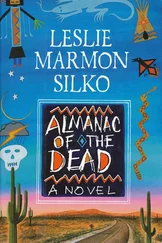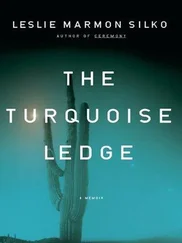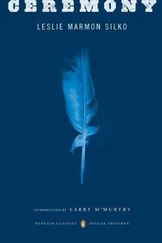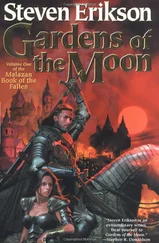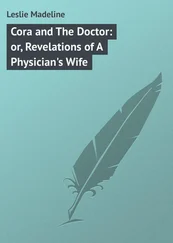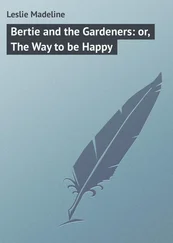Hattie found Indigo in the front parlor with her mother. They were poring over a book of Renaissance costumes complete with the elaborate hats that reminded Hattie of pillows. The theme of the Masque of the Blue Garden was the Renaissance, and Indigo wanted to see how the costumes might look, though she had to imagine them in all shades of blue because that’s what all the ladies wore, to match the garden, of course.
Indigo understood immediately: blue was the color of the rain clouds. She wanted to wear blue from head to toe, she announced, and Mrs. Abbott gave a smile and enthusiastic nod. Hattie reminded her mother children did not attend the ball, but Mrs. Abbott interrupted. Of course Indigo must come! Early, before her bedtime, she must see the blue garden in all its splendor! Her mother looked at Hattie as if to say, “Even this Indian girl can appreciate the ball more than you do.”
Hattie realized then it was futile to attempt to resist the Masque of the Blue Garden. All right, Hattie thought, they would make the best of it. Off she went with Indigo to the library to look at more pictures of Renaissance costumes. Indigo was fascinated by the odd ornate collars the Elizabethans wore, so Hattie brought out more books. Indigo lost interest in the costumes when she saw the pictures and diagrams of Renaissance gardens; she spent the rest of the afternoon in the library, kneeling on a chair while Hattie browsed the shelves for other books of gardens and architecture. Hattie glanced at the shelves of early church history without any curiosity or desire to look at them, and realized her interests were shifting.
Indigo lingered over books with pictures of gardens with water splashing from fountains and statues and even a long stone wall covered with spouts of gushing water. Hattie pointed out what appeared to be extensive stone stairs built for a great cascade of water to a long pool below; in Italy they’d see places like this. They looked at the books together and Hattie pointed out the French gardens and Italian gardens, but Indigo did not see a great deal of difference between them — except the French gardens seemed so empty while the Italian gardens were populated with stone figures of animals and people.
Hattie found the beginner’s botany book her father gave her after they moved from the city. Hattie showed her diagrams of a lily bulb and a gladiolus corm. Indigo’s expression went from concentration to delight. These bulbs were giants compared to the bulbs of little plants she and Sister Salt used to dig from the sand to eat raw.
They sat on the old leather library couch and began to read about the anatomy of the flower. Indigo was fascinated by the orchids with odd shapes that resembled butterflies and moths to lure insects to pollinate them. When Indigo’s interest in stamens and pistils began to flag, they went out into the garden, where Indigo delighted in examining the late tulips and the gladiolus and lilies until her hands, face, and even the front of her dress were streaked with bright yellow-and-orange pollen.
Compared to Susan’s garden or even the run-down gardens at the Riverside house, the Abbotts’ garden was rather ordinary. Mr. Abbott’s interest in gardening was limited to relief of hunger among the poor. Mr. Abbott said if he wanted flowers, he simply went next door for a look at Susan’s latest feat.
The Abbott garden was shaded by towering trees that formed a great leafy canopy; simple rectangular plots enclosed by a rock wall were planted informally with scatterings of cosmos and hollyhocks above four o’clocks, snapdragons, and carnations. Along the wall, dwarf plums alternated with cherry trees behind the yuccas in clay pots. Towering foxgloves and fragrant columbines in rainbows of color delighted Indigo. She made her way carefully between the powder blue asters and creamy yellow sunflowers to reach the big yucca plants crowned with spires of waxy white blossoms. Indigo touched the sharp tips of the leaves carefully and watched the bees, fuzzy yellow with pollen, in the throats of the flowers.
Hello, Old Man Yucca, how did you end up here? Indigo thought as she gently touched the sharp tip of the spiny leaves. Hattie said the clay pots kept the yucca roots dry so they didn’t rot from all the New York rain.
Indigo liked the water garden best and wiggled her fingers in the water to tempt the goldfish. Mr. Abbott found Hattie on her hands and knees and Indigo on her stomach; both craned their necks as far over the edge of the pool as they could to sniff the big yellow water lily blossoms. He called out with delight to see Hattie so relaxed and happy; he had feared for his daughter’s happiness after the thesis controversy, but it was clear the Indian child was just what Hattie needed after her disappointments.
“We got tired of looking at flower pictures in books,” Hattie explained. Edward had gone to the city to his lawyer’s office to pick up a letter from their Riverside lawyer. Indigo was anxious to have news about the monkey.
“The little monkey is safe, I am sure,” Mr. Abbott said; his eyes on Indigo’s eyes urged her to share his confidence. He offered his hand to her and to Hattie, who took it; then Indigo shyly took his hand and together they walked down the stone walk past the stables. Mr. Abbott explained how he hoped to banish hunger from the lives of the poor families with dwarf goats and dwarf pigs that could be raised in cities. Her father’s enthusiasm was a quality of his generous spirit Hattie loved a great deal; she feared her enthusiasm was ebbing away.
The experimental vegetable gardens formed a large border around the goat pens and pigpens. Lloyd and two young Negro men were shoveling goat manure into wheelbarrows. Mr. Abbott said the dwarf milk goats promised to be a success, but the jury was still out on the dwarf Chinese pigs.
The goats were browsing or lying down, but the instant they heard Mr. Abbott’s voice they all jumped to their feet and began bleating loudly. Indigo allowed the goats to nibble the tips of her fingers while others started mock head-butting battles, rearing gracefully on their hind legs.
The small black Chinese pigs were alert and watched Mr. Abbott. They seemed to listen with defiant pride as he recounted their naughty habit of breaking out of the pen. The ingenuity of the pigs amazed Mr. Abbott; they pushed and pressed their bodies against the fencing material — stone, planks, or wire, it didn’t matter to them — until they located the point of most weakness. Then day after day they took turns, rubbing and scratching themselves against the same point in the fence until at last the wire or the wood or the stones gave way.
After they escaped the first time, the pigs rooted up the kitchen garden; the following week they escaped again but seemed to remember the kitchen garden was ruined, because they went straight to the barn, where they managed to dump barrels of dry corn before Lloyd herded them back to their pen. Despite extra rations Mr. Abbott thought would calm them, the pigs escaped a third time. He pretended to shudder and shook his head. This time no one realized the pigs’ escape until they had uprooted and eaten a dozen imported peonies just transplanted by Susan’s gardener. It had been a very expensive meal for pigs!
“If the pigs overran Susan’s blue garden right now it would ruin her ball,” Hattie said; the pigs’ eyes followed her as if to memorize the face of one who dared speak against them.
Indigo watched the men rake and shovel the manure while Hattie and her father sat on the garden bench in the shade. She wondered if Lloyd and his sons had pigs and goats of their own; how did they take care of their pigs and goats if they were always here helping with Mr. Abbott’s animals?
Her father was pleased Hattie had relented and agreed to attend the Masque of the Blue Garden because the occasion meant a great deal to Edward’s sister.
Читать дальше
